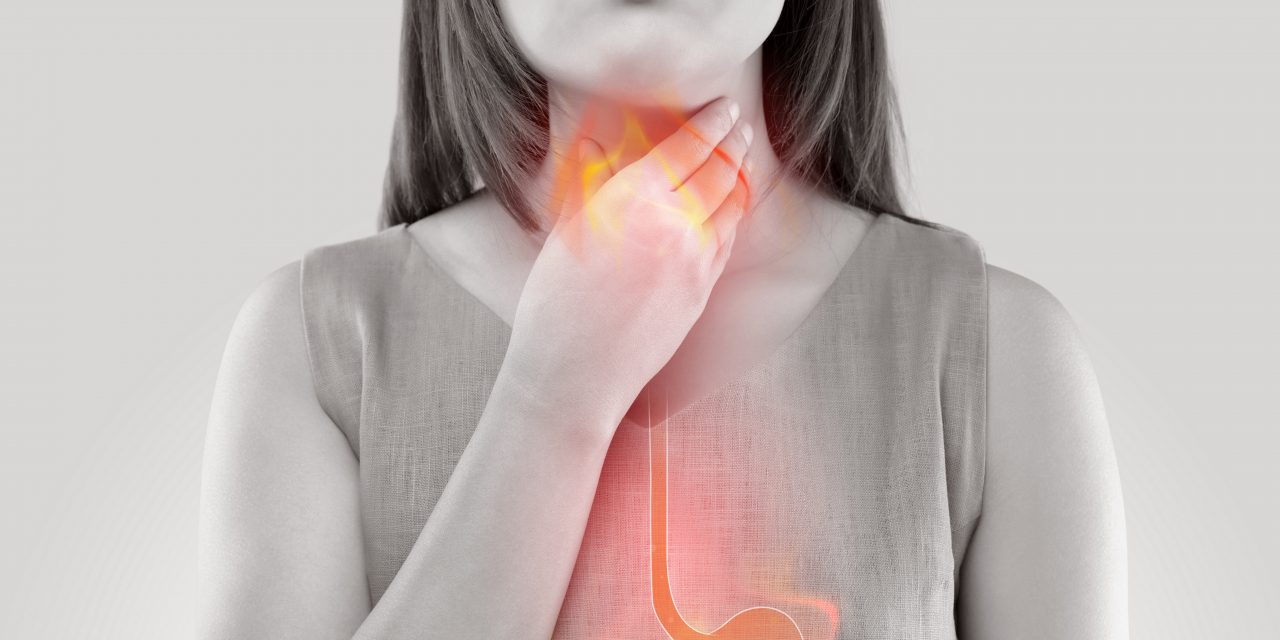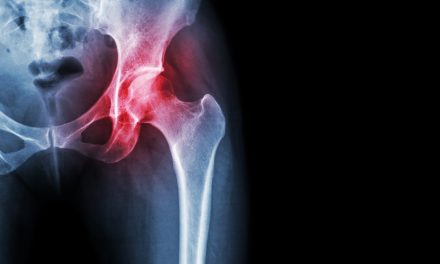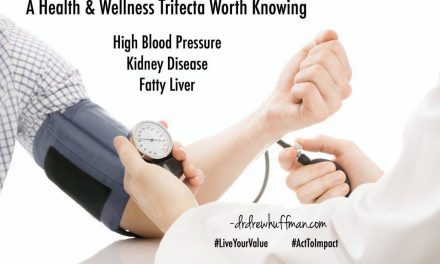Heartburn, reflux (or regurgitation), and ‘acid indigestion’ are very common complaints. Typically, these processes are symptoms created by an abnormality of our body’s normal processes and barriers that involve digestion. The umbrella term for all the symptoms that are a result of stomach content, stomach acid, and digestive enzymes floating back up into the esophagus, the oral cavity, or the lung is termed gastroesophageal (gastro – e – soph – a – jill) reflux disease, or GERD for short.
Over 60 million Americans experience it monthly, and over 15 million Americans complain about it on a daily basis.
Other stats I found regarding the prevalence of GERD are as follows:
- Up to 27.8% people – North America
- Up to 23% people – South America
- Up to 25.9% people – Europe
- Up to 7.8% people – East Asia
- Up to 11.6% people – Australia
Common symptoms:
- Heartburn/Nausea/Vomiting
- Regurgitation of food contents back up into the esophagus or lung
- Atypical Chest Pain
- Poor Sleep
- Cough/Throat clearing
- Wheezing
- Hoarseness of voice
- Difficulty Swallowing
- Pain With Swallowing
- Bad breath
- Tooth/Enamel Decay
What are the major complications from ongoing GERD?
The four greatest concerns for GERD that goes unchecked:
1. Erosion of the esophagus (an esophageal ulcer)
2. Barrett’s esophagus (formation of pre-cancerous cells)
3. Narrowing of the esophagus (termed a ‘stricture’)
4. Recurrent lung infections from aspiration of stomach contents into the lung.
“Reflux” of stomach contents, stomach acid, and digestive enzymes back up the esophagus usually occurs because a circular band of muscle that is positioned at the end of our esophagus (and just before the stomach) relaxes when it shouldn’t, or fails to contract when it should.
This circular band of muscle is termed the esophageal sphincter (e -soph – a Jill) (s – fink – ter). Without this muscle doing its job, contents of our stomach can “regurg” back into our esophagus and—bingo—we have heartburn/acid indigestion/reflux and the other complications that I mentioned earlier.
How is GERD diagnosed?
The first thing to understand is that we can have GERD without injury to the esophagus or GERD with injury to the esophagus.
There are two main diagnostic tools used to diagnose GERD
1. Upper GI Endoscopy: A scope is inserted through the mouth and then directed down the esophagus for visual inspection, tissue samples, and treatments. An “abnormal scope” is characterized by either inflammation or injury to the lining of the esophagus or stomach.
2. 24 hour pH monitor or the impedance pH monitor. A pH monitor is placed in the lower part of the esophagus and the pH is measured over a 24 hour period.
So, what’s interesting about GERD?
Well, according to Gastroenterology literature regarding these diagnostic studies:
- 30% of the time a person will have an abnormal scope and pH test.
- 35% of the time, a person will have a normal scope (no inflammation or injury) and an abnormal pH test.
- 35% of the time, both tests will be normal but people will still have the symptoms.
So, what’s the real issue?
First and foremost, the thing we need to appreciate about GERD is that it is usually not a problem of having too much acid or digestive enzymes but rather having them in the wrong place (i.e. the esophagus or floating into our lungs).
Secondly, remember that circular muscle at the end of our esophagus that I mentioned earlier, the ‘lower esophageal shpincter,’ well, as of right now, we really don’t have any good options to help it function or contract more effectively.
As such, the current treatment approach is the only treatment approach we have.
- Do what we can do as individuals to improve the function of the lower esophageal sphincter (muscle).
- Decrease the amount of stomach acid and digestive enzymes that are available to irrigate our esophagus.
First, let’s talk about the most common medications that are used to reduce the amount of stomach acid and digestive enzymes, the proton pump inhibitors, or PPI’s.
Common PPI’s
- Prilosec (Omeprazole)
- Prevacid (Lansoprazole)
- Protonix (Pantoprazole)
- Nexium (Esomeprazole)
- Dexilant (Dexlansoprazole)
- Zegerid (Omeprazole with sodium bicarb)
Other meds that are often used:
- Pepcid, Zantac, Axid, Tagamet
Unfortunately, lately, there has been an increased concern for some of the potential side effects of these medications and their use long term.
The most common concerning side effects of a PPI include:
- Nutritional deficiencies (Magnesium, B12)
- Osteoporosis
- C. difficile colitis
- Microscopic colitis
- Heart disease
- Kidney disease
- Dementia
Now, in fairness, the risk of these according to most studies is low to moderate at best, and it isn’t like these medications are totally depleting us of our stomach acid or our digestive enzymes. According to the Gastroenterology date, taking a PPI for these conditions only reduces the amount of total secretions by 20-30% and even if you max out the dose of a PPI, you only reduce the total secretions by about 50%.
The other option we have is to reduce the symptoms and potentially adverse consequences of GERD is to improve the function of the lower esophageal sphincter. And yes, this is where #LiveYourValue comes into play. I know, choices.
One thing we all need to know is that there are no medications that will strengthen this muscle. This will be up to us. So, how do we strengthen this muscle, our lower esophageal sphincter?
It’s kind of a trick question because there is no way we can strengthen it, BUT we can do things that keep it from relaxing too much. Namely . . .
- Lose weight (number ONE). I know, why do doctors ALWAYS tell me this, right? Fact is, the more we gain, the worse our reflux and the more we lose, the better our reflux.
- Avoid things that are known to RELAX the lower esophageal sphincter:
- Fatty foods
- Fried foods
- Spicy foods
- Onions
- Garlic
- Peppermint
- Chocolate
- Alcohol
- Caffeine / caffeinated drinks
- Nicotine
Is there anything else we can do?
Well, another contributing factor to GERD is poor motility of the GI tract. The more food that sits in our stomach and the longer it sits there, the more contents we have available to float up into our esophagus and irritate it. There are couple of points to make here and yes, once again, #LiveYourValue.
Foods that slow the motility of your GI tract:
- Fatty foods
- Spicy foods
- High fiber foods including apples, berries, coconut, figs, oranges, persimmons, Brussels sprouts, green beans, legumes, potato peels, and sauerkraut. This is not necessarily an issue of having too much acid or digestive enzymes.
Parasympathetic Nervous System
Lastly, and perhaps one of the most important things we can do to improve the mobility of our gut is work toward having our parasympathetic nervous system be more active than our sympathetic nervous system.
Allow me to explain. In short, we have two nervous systems in our bodies.
1. Sympathetic Nervous System
2. Parasympathetic Nervous System
The sympathetic system is activated when we are in physical or emotional stress. The sympathetic system is coined “fight – flight – freeze” system. The parasympathetic system is activated when we are calm and relaxed. The parasympathetic system is coined “feed – breed – rest – digest” system.
When our sympathetic system is activated, our digestive tract is affected in the following ways:
- The amount of stomach acid we secrete goes down
- The amount of digestive enzymes we secrete goes down
- The moving of food contents through our digestive tract SLOWS DOWN.
My suspicion is that in most of us, our sympathetic system is more active than our parasympathetic system and as such, we probably all have some degree of decreased peristalsis of food through our digestive tract.
Certainly, other factors can contribute such as medications, eating large portions of food at one sitting, eating within 2-3 hours of going to sleep, or lying flat or on our right side when we sleep. But try not to minimize the importance that stress may be playing as well.
There are a couple things worth mentioning that will increase GERD that have little to do with choice although the choices we make can help improve or worsen the underlying issue. These include:
1. Hiatal hernia (a hole in our diaphragm…dye – a – fram) which allows our stomach to float up through our diaphragm
2. Pregnancy
3. Autoimmune disorders like Scleroderma
4. Obstructions
5. Abnormal nerve supply to the GI tract (rare)
Regardless of the cause, there is certainly a place for #LiveYourValue when it comes to GERD.
Stay tuned for Karey, our in-house Functional Nutritional Therapist and her input on this common issue that will be posted this coming Thursday.
For new readers, welcome, I’m Dr. Drew Huffman.
As an arthritis doc, and through my own personal experiences, I’ve learned that if we truly want to become healthier and more content individuals, physically and emotionally, learning how to live our value one choice at a time is a crucial step.
Welcome to the journey. #LiveYourValue (C:Dr.D2015)
Remember always, live your value one choice at a time. This world would not be the same without you in it.
-Dr. D










